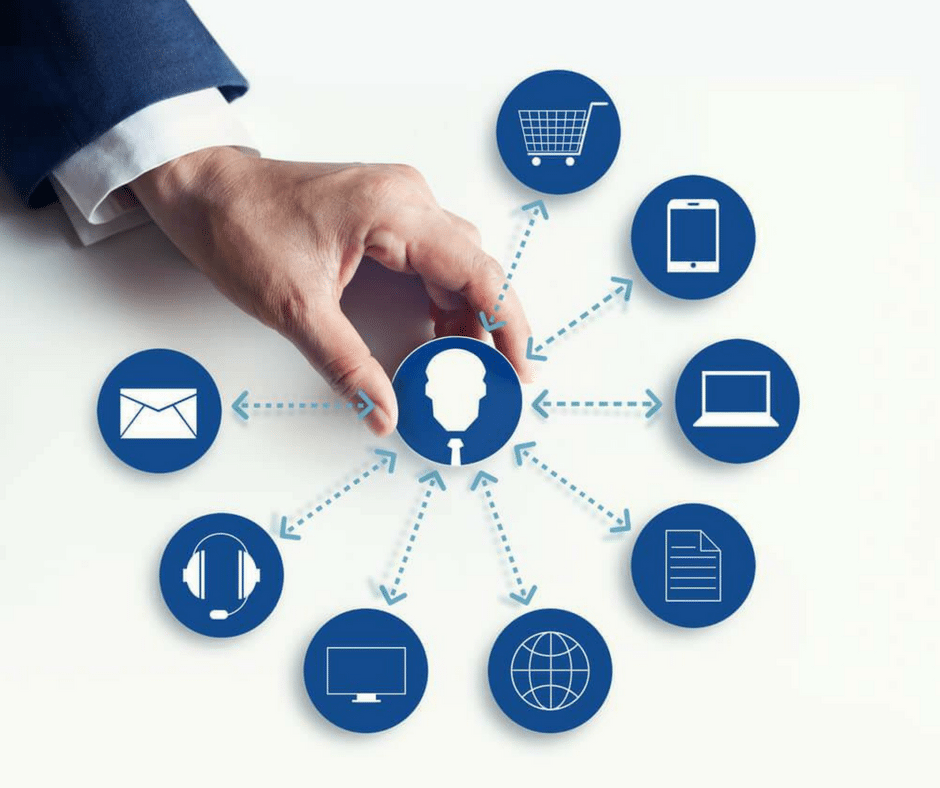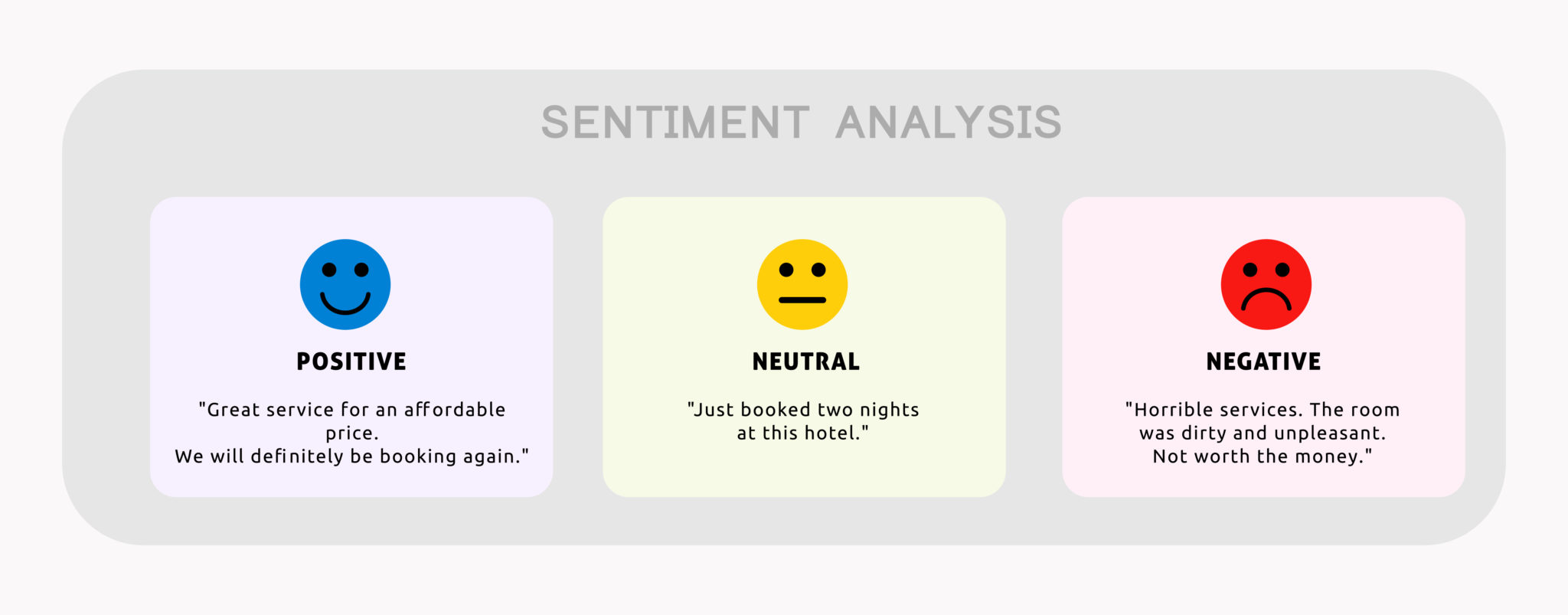Let’s break it down for you:
“Omnichannel” means available and compatible on every channel, such as mobile, desktop, etc.
“Customer Experience (CX)” refers to the totality of a customer’s cognitive, sensory, and behavioral responses, perceptions, and experiences from interacting with the brand’s services, products, websites, or any digital or physical format. This experience is spread across the brand’s lifecycle and a consumer’s journey with the brand, be it pre-purchase, on-purchase, consumption, and post-consumption.
Therefore, as a whole, omnichannel customer experience refers to the seamless, cross-channel, customer-centric collaboration between the customer and the brand at all available platforms.
With the advent of time, the concept of customer experience has spread far beyond the mere transactional value delivery by the brand. Currently, customer expectations are more “immediate” and “real-time.” They are more inclined towards a personalized service than being categorized as general. This expectation can range from live chats, guided streaming, social interactions, quick and easy customer service, feedback submissions, query resolving, messaging applications, chatbots, etc.
Similarly, every brand strategizes its interaction game to remain competitive and sustainably profitable. They must optimize every customer interaction across the customer journey to ensure a delightful and satisfying experience.
For example, customers expect a quick and easy, minimal input call/message interaction in terms of query resolution. The E-commerce industry understands this, and key players have effectively implemented omnichannel service centers, including chatbots for real-time or near-real-time problem-solving. With such guided or quick calls, the customer feels empowered and appreciates the brand’s customer-centralism.
Most importantly, when customers feel that their time and value are considered in a brand, they prioritize this experience over a slightly high price or other minor inconveniences. Also, an omnichannel customer experience links the customer to the brand at various contact points, creating a unified, easy-to-navigate experience across all the available platforms.
With omnichannel, everything is interconnected, and all prior consumer and brand interactions are reviewed before new information and experiences, wherever they may be, are presented. However, it would help if you incorporated new client behaviors with their IDs and histories for CXM to function. Only then will it be possible to follow people across platforms and produce the desired 360-degree view.
What is the importance of omnichannel customer experience?
First, let’s be clear that omnichannel CX differs from multi-channel CX.
Multi-channel CX refers to any business that is available or offers interactions on one or more platforms (brick and mortar stores, online websites, applications, etc.). At the same time, omnichannel is a step further, where the CX is elevated to a seamless interaction. Through omnichannel CX, it can maintain a strong, cohesive brand positioning. In simple words, a customer’s ease of transaction is enhanced with ease, digitalization, easy payments, receipts, and user-friendliness of the app or website.
For example, omnichannel CX helps its customers to:
✅ Search for a particular product on their mobile
✅ Add the product to your cart from their desktop and check the availability status
✅ Make the payment through a digital gateway with SMS OTP generation
✅ Order the product with pre-stored address details that automatically populate
✅ Receive an email receipt with the order number
✅ Resolve quick question check through chatbots
✅ Call customer care in case of returns and get the amount refunded to the deduction source.
Most importantly, the most significant benefit of omnichannel customer experience is your brand’s availability for its customers 365 days and
24X
7!
Omnichannel CX offers omnipresence
According to research data of
Click found data
, customers who interacted with a brand from 2-3 different channels witnessed a higher purchasing frequency rate 250% higher than single-channel customers.
A higher purchasing frequency rate is 250 percent higher than single-channel customers.
To understand this phenomenon better, let’s dig deep into understanding the benefits of omnichannel CX for you.
Helps with customer retention and improved loyalty
Brands understand that the cost of customer acquisition is more significant than customer retention, i.e., the price to find and persuade someone to buy your product through advertisement, promotion, email marketing, free trials, etc. is higher than ensuring a good relationship with an existing customer and retaining them as a brand loyal through membership discounts, easy customer service, etc. Studies have proved that 9/10 of customers preferred a well-linked, omnichannel experience, while a business that could provide so retained 89% of its customers, and the customer lifetime value increased by 30%.
Increased accessibility
Omnichannel CX helps your customers to access your brand’s product/service/content from anywhere on any device possible. For example, suppose your company has website content accessible only on a laptop. In that case, the company may fail to capture any potential customers trying to book their service or even learn about their services over a smartphone. Being omnipresent enables better accessibility and chance of recognition and ultimately turning a query into information and eventually purchase.
Offers flexibility
Consequent to the above, an omnichannel CX helps with flexibility of use. By flexibility, we mean switching from one device to another with ease and no difference in user experience.
Brand promotion through word of mouth
A satisfied customer always promotes your brand and helps in spreading positive words to other potential customers, also known as word of mouth. It helps in securing persuasive or influenced purchases. In this fast-paced world, if a brand delivers quick and easy order, payment, and dispatch with minimal interventions, people tend to like and promote it.
Helps with customized service
The interaction pattern, history, and customer issues are duly recorded and analyzed in the customer experience management system. CX solutions help you with this data to further study and understand the customer’s perception and expectation blueprint. As a result, you can offer customized or more personalized service.
Behavioral analysis for cross-selling
The extensive data analysis about a customer’s purchase or interaction helps the brand personnel or marketers to pitch the right products for both upselling and cross-selling and therefore helps in increasing the sales volume. These data-driven approaches for pitching are mostly successful.
How to build an omnichannel customer experience?
The answer is simple. Ask these questions:
✅
Who are your customers?
✅
What do they want from the brand/company?
✅
What is lacking in the present service providers? Can you add any extra value?
✅
Listen to your customers’ feedback
✅
Understand their touchpoints, evaluate them, and then plan
✅
Implement the CX tools that best suit the target audience, geography, and other demographic factors
1️⃣ Mapping of the customer journey
Your omnichannel CX should be based on this core principle of customer journey mapping. Mapping the entire customer journey helps you understand the hardships and indicate the available omnichannel opportunities that could implement to mitigate any broken links. For example, if a customer makes a query on a desktop and likes the product but is held up by some missing information. They try to talk to a relevant person, but no callback option or phone number is available. This pain point can cost your brand a customer since his immediate need is unmet.
2️⃣ Implement, collect, evaluate, and learn from the feedback
Your omnichannel CX should always be based on customer feedback. Companies today invest a massive chunk of their marketing funds into collecting customer feedback through surveys, reviews, social media channels, feedback forms, and support surveys. You can also implement feedback collection tools with integrated APIs and automation to collect a large amount of feedback data and analyze them with minimal error and lesser time. These feedback data help you to explore the customer’s expectations, worries, appreciations, and even grudges. With the right efforts, solutions can be curated and applied to our platforms for enhanced user experience.
3️⃣ Enables multi-channel marketing
Omnichannel CX helps you explore every possible customer interaction, whether on desktop, smartphone, email, call or chat. It also expands the scope of marketing and communication. Therefore, your omnichannel CX should be built to be proactive in embedding a following customized message regardless of the channel. These omnichannel marketing strategy tools will change and adapt based on the customer’s behavior when interacting with the first interaction.
4️⃣ Use of distributed analysis
Distributed analysis, also known as data democratization, helps enable no-code data revolution or accessibility or distribution across multiple employees. Its inclusion in your omnichannel CX will help you integrate, coordinate, and empower all the employees with customer feedback and analyze them for their own CX approach or to create a more personalized approach.
Management strategies to consider while building an omnichannel customer experience
Any strategy that is put in place by management has a core policy – every strategy needs constant analysis, timely evaluation, and continuous updating. However, considering the perpetually evolving customer preferences and needs, we cannot rely on a decade-old CX to remain productive for years. Therefore, here are some mandatory steps that a CX team should include while planning a CX strategy.
Understand your target audience
It is essential that brands know their exact target audience and segments them. Once the target audience is realized, it becomes easy to plan the entire strategy starting from understanding and mapping their requirements. Every audience segment has a different need, which is the core of any brand communication. For example, a millennial’s expectation from any website is dynamic website content with integrated secured payment gateways. On the other hand, for an elderly couple, it would be easy to understand language with minimal technical language: the same product but a different expectation.
Similarly, a 20inch TV can be both luxuries as well a necessity for different segments of society. Once this differentiation of customer persona is created, the brands can easily formulate their content around it and market their product with an exact message on different channels. However, we also must understand that customer expectations and experiences change over time; therefore, the content should evolve and mold itself.
Evaluation of customer sentiment
This is a bit more tricky than the previous point but is not impossible. Your customer experience team should invest in customer sentiment analysis tools to understand the change in customer emotions throughout the customer journey. You have to understand the intent of customers using different gadgets at different times and the kind of keywords they use. It will, in turn, help you and your team improve the holistic experience through data-driven and emotion-driven strategies.
Generating apt content
One aspect of customer experience involves educating the customers. This information should be personalized, informative, and, most importantly, quantitative. For example, studies have proved that quantitative data and pictorial representations are adapted well and trusted more by our brain than qualitative information. Therefore, you need to optimize every chance of our customer interaction to grab their attention and create a persona that reflects the brands promising services with the intent to serve the best
It has also been observed that people using different gadgets generally type different keywords. For example, people typically type taxis near restaurants or me near me from smartphones rather than a laptop. Therefore, any customer experience techniques adopted by brands should be backed up by adequate research, be it emails, text messages, promotional flyers, website content, etc.
Evaluating customer touchpoints
Customer touchpoints refer to those parameters, areas, or points that can most likely push customers to choose other brands over yours or give them a chance to look for your competitors. These factors can range from the high price or slow loading websites, non-coherent rules and regulations, delayed customer care service or no option for a chat or call, product packaging, etc. Your CX team must identify these touchpoints and evaluate them to mitigate the effects or strategies of a counter-proposal to improve this area.
Customer loyalty programs
Loyal customers expect brands to treat them more special than the general public: with special discounts, loyalty points, perks, etc.
Therefore, it is highly recommended that you, as a brand, curate a satisfying loyalty program to sustain customers’ loyalty over a more significant period.
Building omnichannel CX with Konnect Insights
Building an omnichannel CX is time-consuming and needs a lot of research. Konnect Insights offers a unified, omnichannel customer experience management platform to simplify the process. Our service capability is evident in our deep understanding of the customer experience. Over half a decade of operations and clientele spread across 500 leading brands across renowned industries like travel and tourism, hospitality, BFSI, aviation, real estate, etc., across APAC, LATAM, The Middle East, and North America.
Our Omnichannel Customer Experience Management solution helps you to combine social listening, online reputation, social CRM, social analytics, surveys, BI tools, crisis management, publishing, etc., to ensure a holistic analysis of customer experience. This detailed data analysis supports the marketing team across the enterprise to touch every customer touch point.
Konnect Insight’s omnichannel customer experience management suite unifies data science, marketing, analytics, and customer experience to ensure accurate imagery and projection of the brand. Our solution is built on the principles of Big Data, artificial intelligence, machine learning, natural language processing, etc.
Additionally, our operational capability stretches to over three bn source tracking and 3000+App integrations. Most importantly, we cater to every stakeholder of the enterprise, be it the marketing team, customer service, agencies, analysts, or the PR team. Our solution offers distinctive features like:
✅ One ticket view
✅ Queuing
✅ Automated assignment and classification
✅ Mobile view
✅ Role and permissions
✅ Automated responses
✅ Advanced workflows
✅ Easy to create dashboards
✅ Easy to use BI tools
✅ 360-degree brand view with unified solutions
✅ Social Listening
✅ Online Reputation Management (ORM) and Turnaround Time (TAT)
✅ Automated data-backed recommendations
✅ Customized alert configurations
✅ Email/message alerts and much more
✅ Social CRM
✅ Social Publishing
✅ Social Analytics
✅ Crisis Management
Examples of Omnichannel Customer Experience
One of the latest and most successful omnichannel CX is OOT. Some OTT brands include Netflix, Amazon Prime, Hotstar, etc.
Netflix
Netflix offers an omnichannel brand presence to leave no stone unturned over any available digital platform. As a result, they are one of the strongest contenders in the video demand (VOD) industry. Meanwhile, they also didn’t want to curb their presence due to financial constraints. Netflix offers its service (at different subscription costs) on mobile only, desktop and mobile, TV, etc., to help its customer choose their preferred digital channel.
They also offer personalized movie/serial recommendations based on customers’ search history regardless of their device.
This omnichannel presence has helped Netflix become one of the
most preferred OTT channels
across every target audience, irrespective of their financial condition.
Most preferred OTT channels across every target audience
Apart from the OTT platforms, the BFSI sector is also revamping its marketing strategies to be more inclusive with the changing digitalization. They, too, are opting for omnichannel CX to leave no stone unturned.
HDFC
HDFC also offers an omnichannel customer experience. Recently, it has collaborated with an omnichannel marketing solution to deliver a seamless, connected experience for customers across all the touch points of their journey.
They have their mobile applications for day-to-day operations with the ability to send SMS, emails, and OTPs. Customers can also choose the desktop version for more complex transactions or services like loan applications.
Takeaways
Omnichannel CX is no longer a choice for any business or enterprise. Instead, it has become the new norm in the business ecosystem. Over time, CXM has established itself as an effective methodology for lead conversion when data and real-time segmentation is at play.
Most importantly, customers have been constrained with time, and they intend to invest every possible second in something effective, with a minimal chance of failure. Attention is now limited to the first 7 seconds while competition has soared to its heights. At this turning point, companies can no longer play safe with multi-channel CX.
It is time to be omnipresent, with the right strategies and planning to not deviate or lapse in the long run. Konnect Insights helps you with its well-established and proven omnichannel CXM solution to reduce every friction point in the customer’s journey with data-based, cost-effective and smart solutions.

















